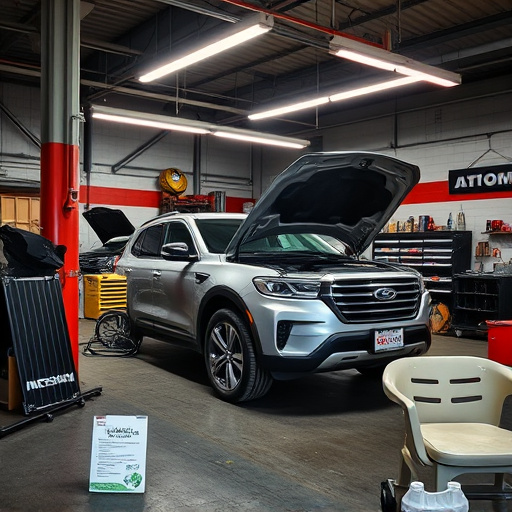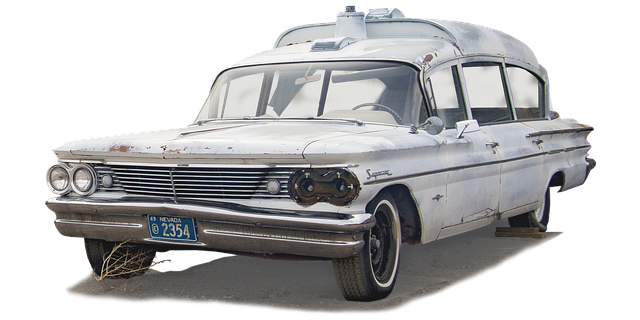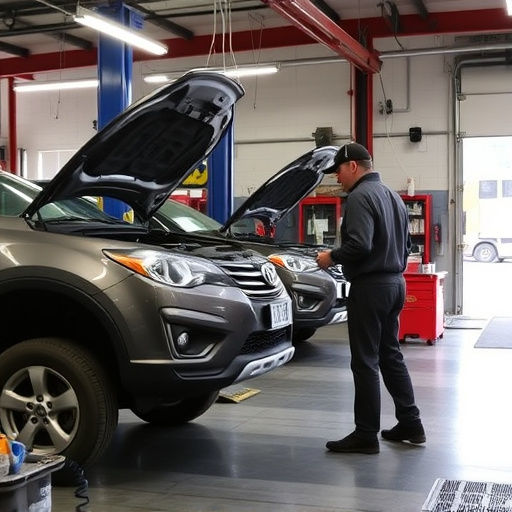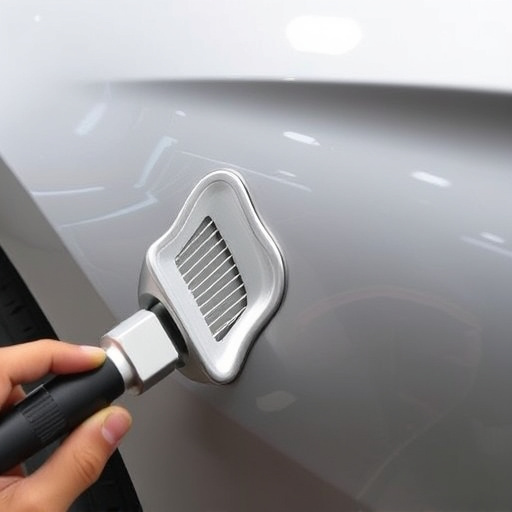Tesla's advanced diagnostic tools, leveraging OBD-II technology and proprietary systems, offer detailed insights into electric vehicle components like battery health and motor performance. This enables technicians to navigate intricate systems accurately, addressing challenges such as sensor malfunctions and software glitches through specialized scanning software that connects directly with onboard computers. Tesla repair scanning revolutionizes auto repairs, ensuring efficient, precise, and minimal disruption to vehicle functionality and aesthetics, from dent removal to complex body work.
Tesla repair scanning is an intricate process that requires specialized knowledge. Modern electric vehicles, like Tesla models, come equipped with advanced diagnostic tools capable of identifying complex issues. This article delves into the world of Tesla repair scanning, exploring common challenges and the latest techniques employed by technicians. By understanding these processes, drivers can ensure their vehicles receive expert care, ultimately enhancing overall performance and safety.
- Understanding Tesla's Diagnostic Tools
- Common Scanning Issues and Their Causes
- Advanced Techniques for Efficient Repairs
Understanding Tesla's Diagnostic Tools

Tesla’s diagnostic tools are a sophisticated blend of advanced technology and software designed to pinpoint issues within their electric vehicles. These tools play a pivotal role in Tesla repair scanning, enabling technicians to quickly and accurately diagnose problems. At the heart of this process lies OBD-II (On-Board Diagnostics) technology, which is standard across modern vehicles but enhanced by Tesla’s proprietary systems. Technicians connect specialized scanners to the vehicle’s diagnostic port, providing real-time data and error codes that reveal what’s happening under the hood or within the car body.
Unlike traditional collision repair shops focusing on auto maintenance and car body restoration, Tesla’s system offers a level of detail and complexity unique to electric vehicles. This includes detailed information about battery health, motor performance, and power electronics, ensuring that repairs are not just conventional but also future-forward, catering to the specialized needs of Tesla vehicles. With these tools, technicians can efficiently navigate the intricate systems within Tesla cars, ultimately leading to more precise and timely repairs.
Common Scanning Issues and Their Causes
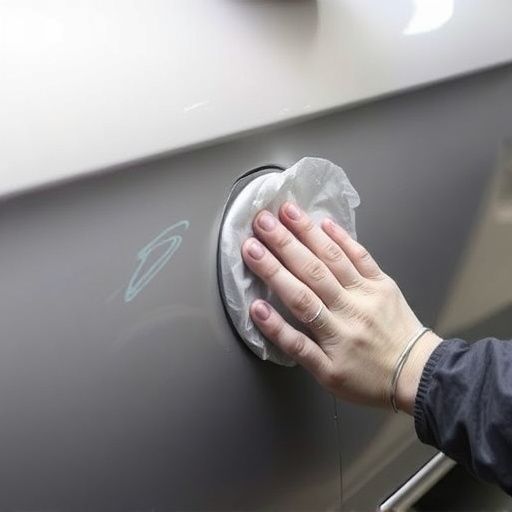
When it comes to Tesla repair scanning, technicians often encounter a range of common issues that can significantly impact vehicle performance and efficiency. One of the primary areas of concern is malfunctioning sensors and actuators, which are crucial for various systems like the electric motor, power steering, and adaptive cruise control. These components play a vital role in modern automotive repair, especially for electric vehicles like Tesla. Sensor failures can be attributed to factors such as excessive heat, voltage fluctuations, or mechanical wear and tear, requiring meticulous scanning and diagnostic procedures to identify the root cause.
Another recurring issue is inaccurate data readings from various modules, including those responsible for engine management, transmission control, and infotainment systems. Incorrect calibration, faulty wiring connections, or even software glitches can lead to these problems. For instance, in car body restoration cases, misaligned sensors might give false signals, affecting the vehicle’s ability to maintain stability and safety features. Therefore, technicians employ advanced scanning tools to cross-reference data from multiple sources, ensuring accurate diagnoses and effective repairs for optimal Tesla repair scanning outcomes, enhancing both car paint services and overall automotive repair quality.
Advanced Techniques for Efficient Repairs

In today’s digital age, Tesla repair scanning has become an indispensable tool for technicians, offering advanced techniques that streamline repairs and enhance efficiency. This innovative process involves using specialized software to connect directly with a vehicle’s onboard computer, providing detailed insights into its systems and performance. By accessing this data, skilled technicians can swiftly diagnose issues, even those hidden from the naked eye. For instance, they can detect subtle sensor malfunctions or electrical glitches that might be responsible for odd behavior in the car’s operation.
Efficient repairs are not just about identifying problems; it’s also about minimizing disruption to the vehicle’s overall functionality and aesthetics. Consider hail damage repair, where technicians use advanced scanning tools to pinpoint each dent or crack, accurately measuring their size and depth. This precision guides the repair process, whether it involves a simple car dent removal or more complex body work. As a result, vehicles return to their owners in like-new condition, reflecting the expertise of the vehicle body shop’s professionals.
Tesla repair scanning is a complex yet vital process that enables technicians to diagnose and resolve issues efficiently. By leveraging advanced diagnostic tools and understanding common scanning problems, professionals can ensure optimal vehicle performance. Through continuous learning of advanced techniques, the industry evolves, fostering better maintenance and repairs for Tesla vehicles. This, in turn, enhances customer satisfaction and contributes to the sustainability of electric mobility.

